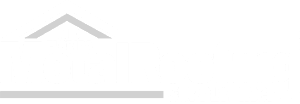Ventilation for Metal Roofing
Proper Ventilation Protects Your Investment
Metal roofs have topped buildings, barns, and homes in the United States since the early 1700s. The difference is that today’s metal roofs are available in a huge variety colors and styles and offer even more benefits!
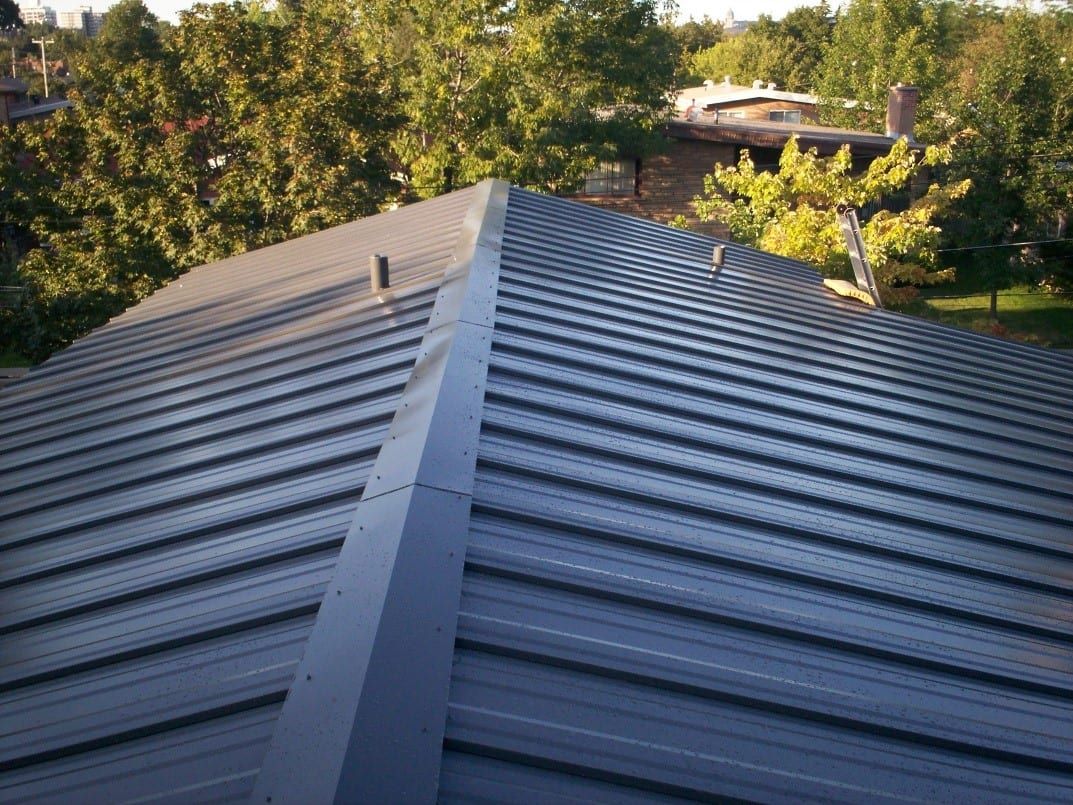
Metal roofs are appealing to homeowners and builders alike due to their longer lifespan, durability and energy efficiency. In fact, metal roofs can last 50 years or longer, making them a popular alternative to more traditional shingle roofs which don’t typically last over 20 years. Metal roofing, however, can be significantly more costly than asphalt shingles or other roofing materials. With an investment that can be nearly two to three times the cost of traditional roofing materials, it is important that the installation is done correctly. One thing often overlooked is ventilation. Installing an effective ventilation system will help protect your metal roof and optimize its efficiency.
Static Ventilation
Most metal roofing, like other roofing styles, rely on static ventilation. This means natural airflow is used rather than electric fans to create air movement. Static ventilation uses the natural effects of the rising hot air from outside of the home to remove the heat build up your attic during warmer weather, and the heat and moisture that collect during cold weather.

In a properly vented attic, the hot (and potentially damaging) air is replaced by fresh, cool air taken in at the eaves or soffits and exhausted at the upper most portion of the roof (your ridge).
Creating a balance between the air that comes in at the eaves and the air that goes out at the ridge is the most important issue to consider when installing a static ventilation system. For every inch of air that is exhausted, the same or greater amount of air should be taken in. When this occurs, the air will naturally flow from the bottom of the attic to the top, pushing heat and moisture out using air pressure, thermal effect and diffusion.
To ensure a balanced system, 50 percent of the ventilation should be at the eave and 50 percent at the upper portion of the roof. When a ventilation system is unbalanced, the Net Free Area (NFA) is greater at the ridge than at the eave. This can cause a negative airflow which can bring air in through the ridge. When this occurs, heat and moisture cannot escape, and additional moisture can be drawn into the house.
Energy Savings
Proper ventilation is needed to ensure the energy efficiency a metal roof provides. An effectively ventilated metal roof helps to prevent energy waste and excess cooling cost that can occur when attic heat builds up with. Correct ventilation can also prevent heat and moisture damage to your insulation which also affects your energy savings.
Ridge Ventilation
Ridge vents are the most popular option for metal roofs and are an effective way to achieve proper attic ventilation. Ridge vents are installed at the ridgeline of the roof and run continuously along the entire span of the roof.
Ridge vent installation, done alone with metal roofing installation, is achieved by allowing a minimum of a 2” spacing between the panel ends that meet at the ridge. The ridge vent that we recommend and provide at Mid Florida Metal Roofing Supply is called Razorback Ridge Vent. (Shown below)
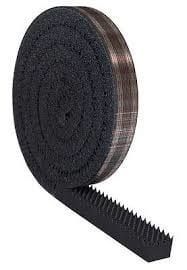
The Razorback Ridge Vent is installed along the bottom of the ridge cap on either side. The ridge cap is then installed to the roof. This breathable foam allows for some compression and can be used for multiple panel profiles. Once installed, it virtually disappears into the roofline.
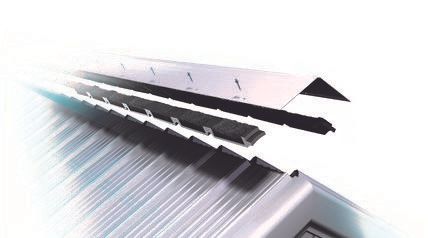
Design and Quality
With ridge vents, homeowners and builders do not have to sacrifice design and appearance. Ridge vents provide a straight, even roofline. Off ridge ventilation is becoming a thing of the past, as they are bulky in appearance and can be seen easily from ground level. (See below)
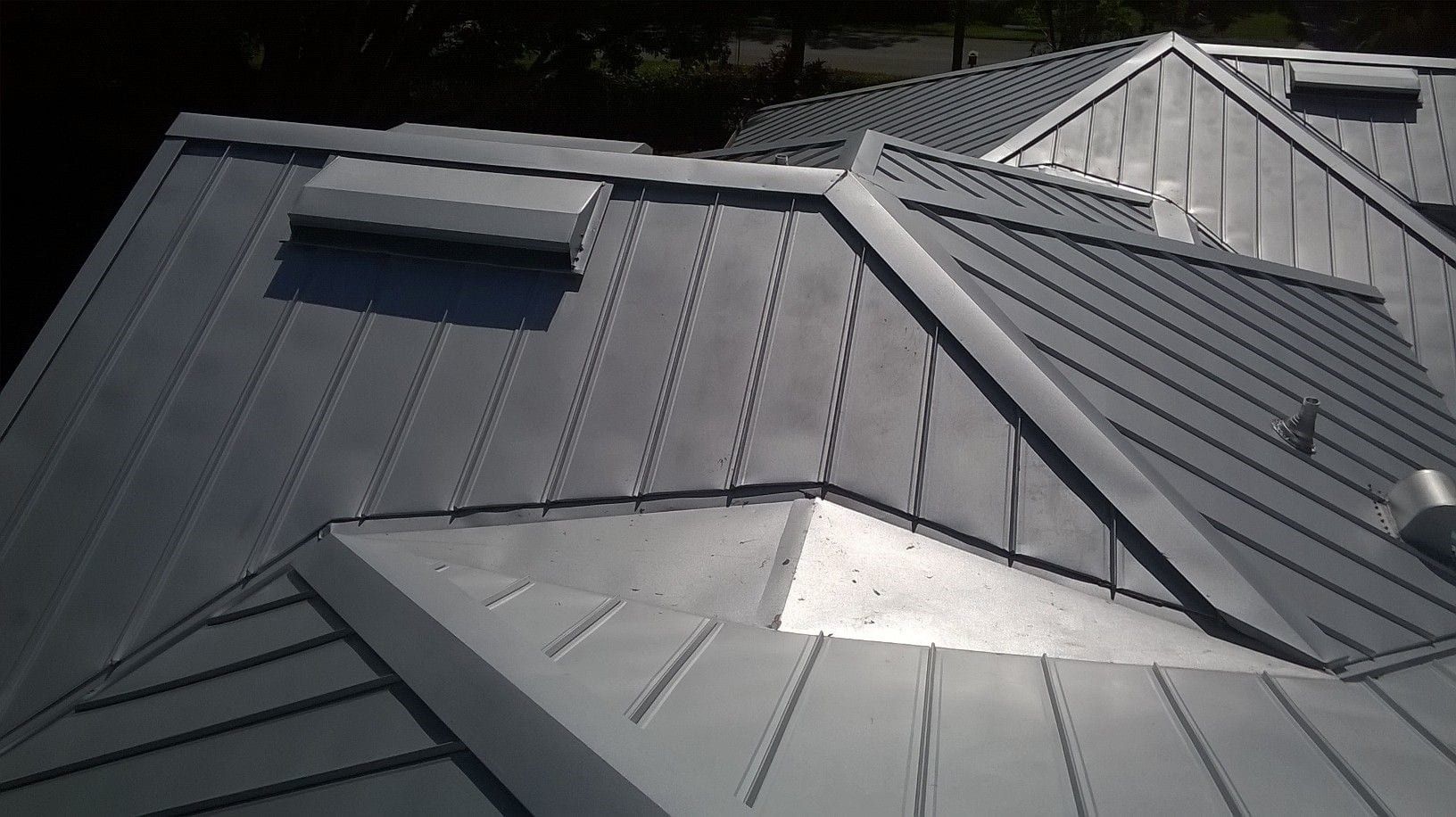
Ridge ventilation eliminates the need for turbines or box vents and are easier to install. Ridge vents excessive reduce roof penetrations that can lead to moisture intrusion issues.
In addition to appearance, it is important that your ventilation system match the metal roofs high durability and quality. Our Razorback Ridge Vent is a convoluted foam with a UV inhibitor coating, is Florida Building Code approved and provides long life ventilation.
Ridge ventilation is an easy and efficient way to ventilate a metal roof system. With its sleek appearance and energy efficiency, it’s a popular choice among roofers.
*Not all metal roof systems or designs are the same. It is important to consult your Mid Florida Metal Roofing Sales Representative to ensure the best and most effective way to make your metal roof work for you! From estimate and design down to the installation, Mid Florida Metal Roofing Supply strives to provide you with all the available options for your roofing needs.
About Mid-Florida Metal Roofing
Mid-Florida Metal Roofing Supply has been in the business for 16 years. MFMRS manufactures a wide variety of metal roofing products including; Multi-Rib (AG), PBR/R, 5V and Standing Seam in a Galvalume mill finish, as well as, a wide variety of colors to meet all your preferences.
We also manufacture an extensive list of flashing profiles to meet any standard or custom application as needed. We specialize in custom profiles serving a wide variety of needs in the construction industry. Our profiles can also be ordered in custom lengths up to 21ft.
We are committed to producing quality products in a timely manner and pride ourselves with friendly personal customer service.
Related Posts
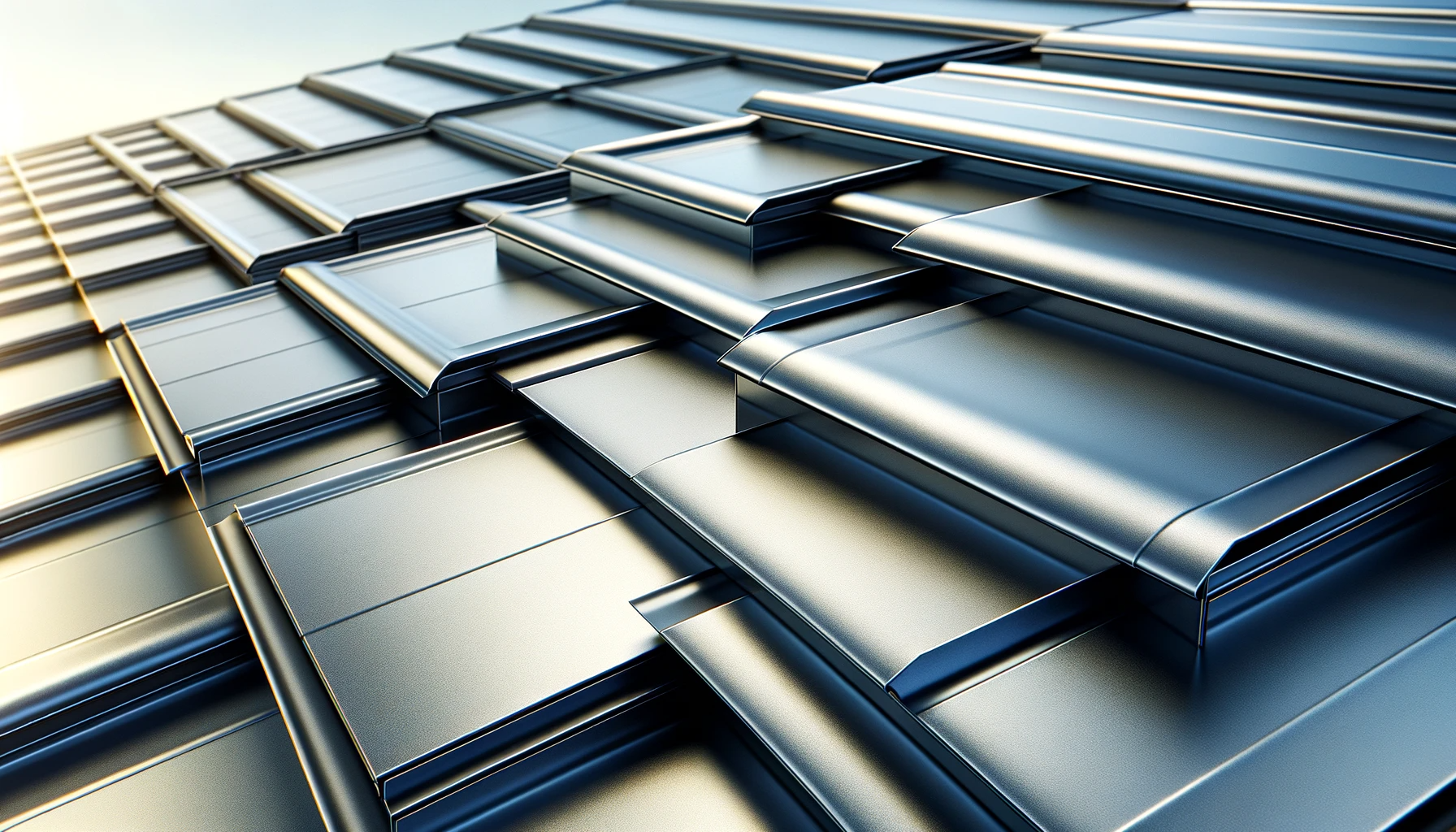
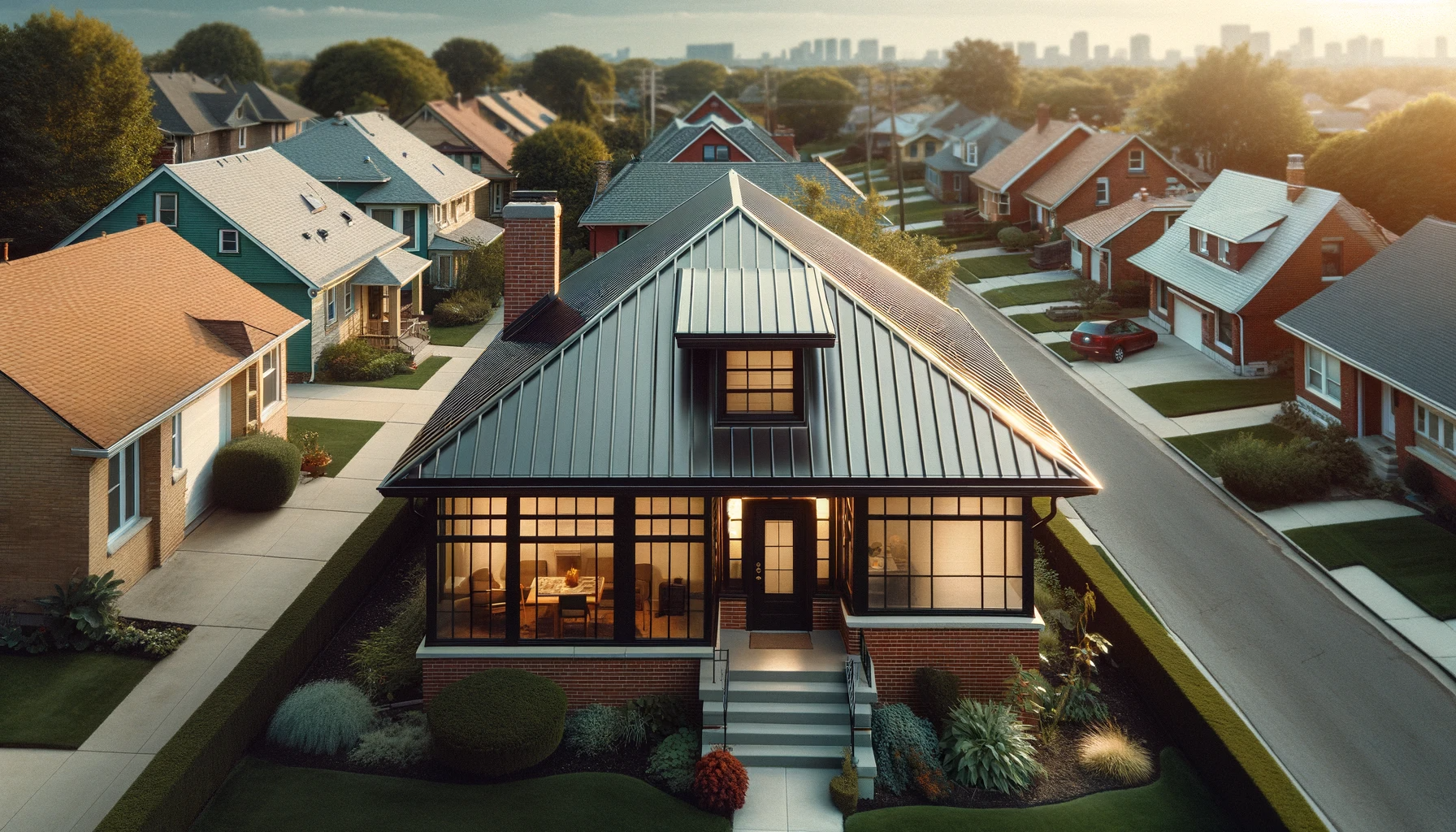
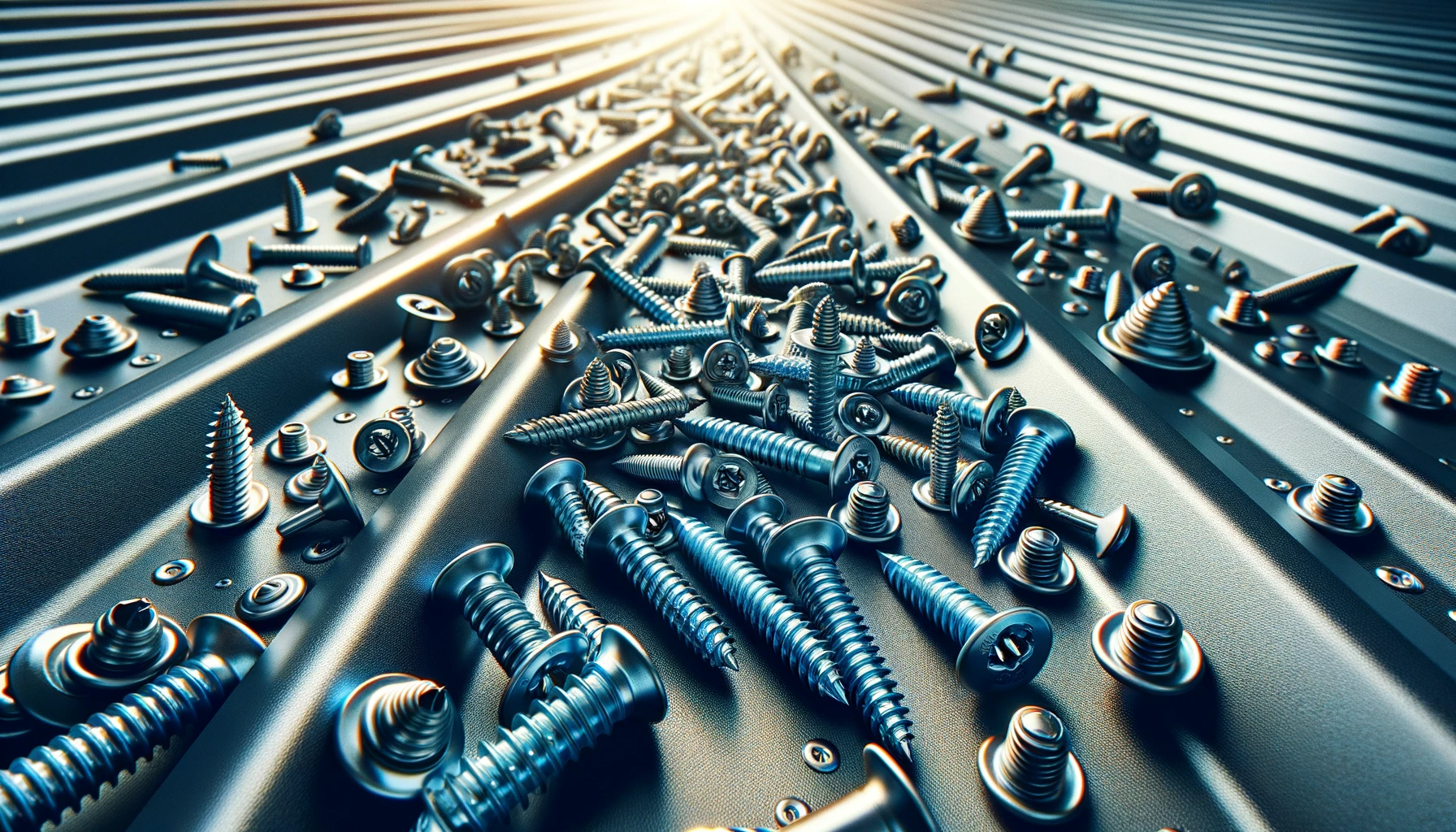
Keep connected… join our email list
Roofing & steel building industry information, product updates, new releases, special offers, news and more direct from our corporate office.
Contact Us
Thank you for subscribing.
We will be in your inbox soon.
Please try again later.

Copyright 2024 Mid Florida Metal Roofing Supply, Inc. | All Rights Reserved | Designed by Yeppy Marketing Agency
